Olympic athletes come in all shapes and sizes, each representing the best of the best in their discipline. Whether they excel in sprinting, gymnastics, diving, judo, or boxing, Olympic athletes all share a few fundamental characteristics.
To make it at the top, you need an unwavering commitment, expert knowledge of the sport, and an unparalleled dedication to your training.
To put it simply, there’s a lot more than practicing when it comes to training for the Olympics. But you don’t have to be an Olympian to train like one. So, let’s look at how athletes train for these different sports and what you can learn from them.
Train like a sprinter
Acceleration: Sprinters spend considerable time on drills that enhance their ability to explode from the starting blocks and reach top speed quickly. Techniques include block starts, resistance training with sleds or parachutes, and short, intense sprints.
Speed endurance: Sprinters need to maintain their top speed over short distances. Training sessions often incorporate interval training and sprint repeats with enough recovery periods in between to simulate race conditions.
Strength and power development: Building muscle strength and power is crucial for sprinters. Weightlifting, plyometric exercises (such as Jump Squats and bounding drills), and explosive movements like Box Jumps are integral to their training routines.
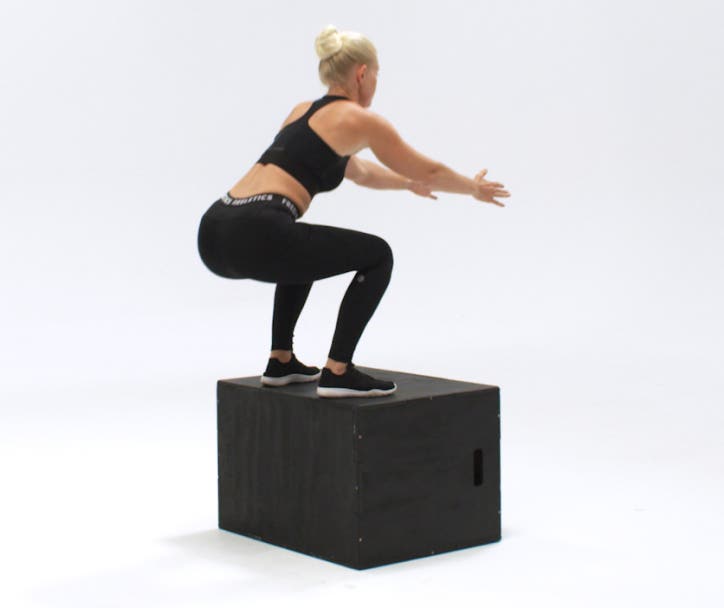
Train like a gymnast
Skill mastery: Gymnasts devote countless hours to mastering fundamental skills and perfecting routines across various apparatuses such as the vault, bars, balance beam, and floor exercises.
Strength and flexibility: Core strength is paramount for gymnasts to execute their moves with precision and control. Training includes bodyweight exercises, resistance training, and flexibility drills to enhance range of motion and prevent injuries.1
Routine development: Gymnasts practice routines repeatedly to build muscle memory and ensure flawless execution under competitive pressure. Mental focus and visualization techniques play a key role in their preparation.
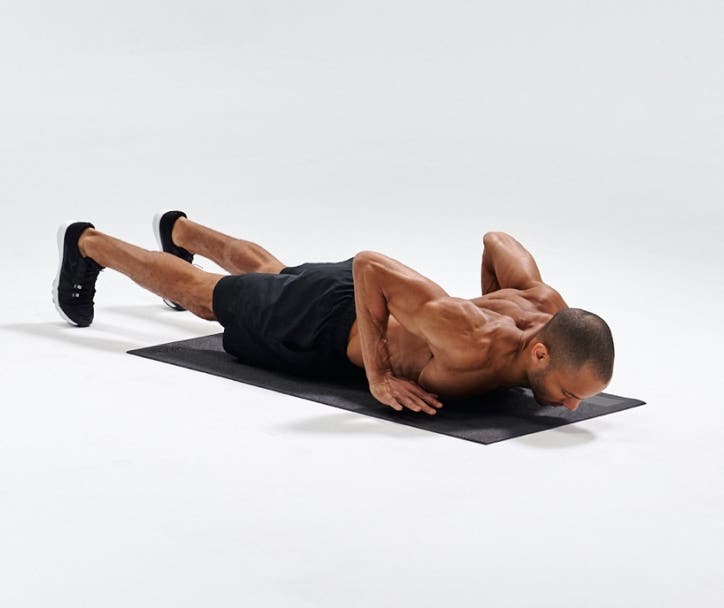
Train like a diver
Skill refinement: Divers practice dives of varying degrees of difficulty, focusing on form, entry technique, and minimizing splash. Each dive requires meticulous attention to detail and continuous refinement.
Strength and coordination: Diving demands exceptional core strength, coordination, and body control. Training involves strength exercises, balance drills, and specific conditioning to handle the impact and demands of diving.
Psychological preparation: Overcoming the fear of heights and performing under pressure are critical aspects of a diver's mental training. Visualization, relaxation techniques, and simulated pressure situations help divers hone their mental resilience.2
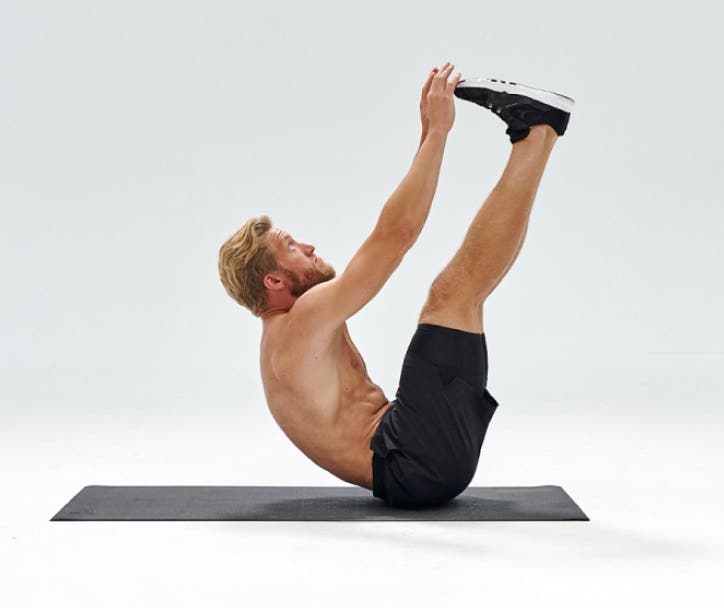
Train like a judoka
Technical proficiency: Judo training focuses on mastering throws, holds, and groundwork techniques essential for competition. Athletes practice partner drills and live sparring sessions to refine their skills.3
Strength and conditioning: While technique is paramount, “judokas” also require strength and conditioning to execute throws effectively and endure the physical demands of matches. Strength training, cardio workouts, and grip strength exercises are crucial.
Tactical preparation: Understanding opponents' strategies and adapting during matches are key to success in judo. Training includes studying opponents' tendencies, practicing counters, and strategic simulations.
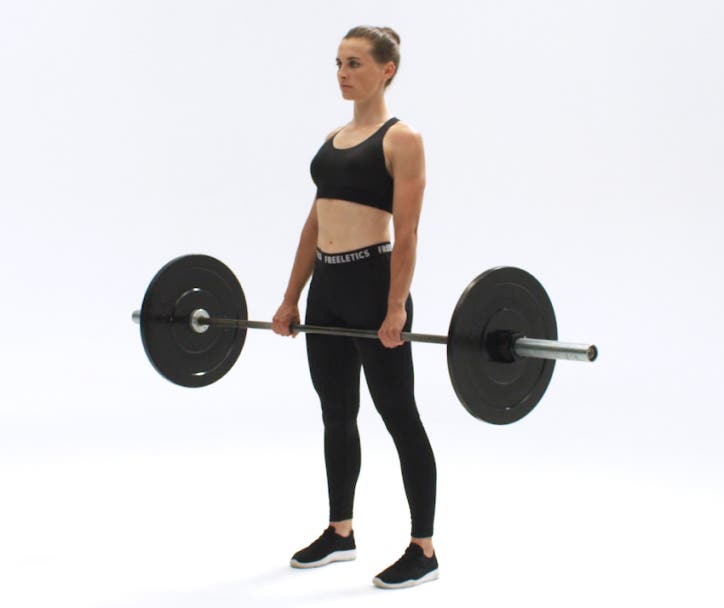
Train like a boxer
Technical skill development: Boxers hone their punching techniques, footwork, defensive maneuvers, and combination punches through pad work, bag work, head movement drills, and sparring sessions.
Endurance and conditioning: Boxing matches require high levels of aerobic and anaerobic fitness. Training includes roadwork (long-distance running), interval training, skipping rope, and shadowboxing to improve endurance and stamina.
Mental preparation: Boxing is as much a mental game as a physical one. Visualization, focus drills, and psychological conditioning help boxers stay calm under pressure and make split-second decisions in the ring.
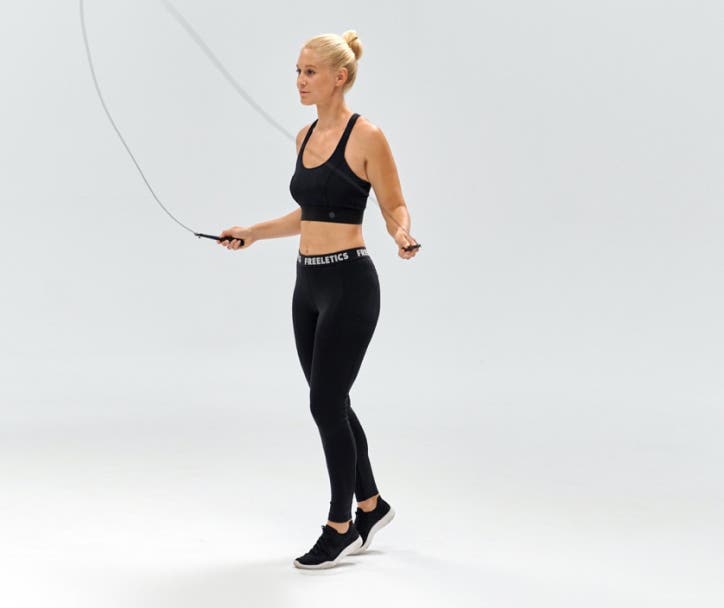
Training for gold: how to transform your routine
Regardless of the sport, mastering the fundamental skills is essential for athletic success. But it’s not all physical – your mindset can have a profound impact on your training. When you perceive training as a skill that you would like to develop and master, it can provide some powerful motivation beyond mere winning.
Below we’ve outlined some guiding skills and principles that you can focus on to create a gold-medal-ready plan fit for the pros.
Focus on skill development
Repetition and muscle memory: Repeat movements again and again until they become second nature. This will enable you to perform under pressure without conscious thought.
Progressive complexity: Prioritize skill development that progresses from basic to advanced techniques. Tap into the muscle memory you've ingrained to perform different drills or under different conditions such as running different distances or switching up a grip. Integrate new challenges to continually refine performance capabilities.
Technical feedback: Seek out feedback from a friend, coach, or personal trainer. Coaches specifically play a crucial role in developing useful and varied training sessions, providing feedback and corrections to ensure athletes maximize efficiency and develop proper form.
Guiding principles for your training plan
Specificity: Tailor your workouts to mimic the movements and intensities required in your chosen sport, as well as the needs of your body.4 For example, if you want to run faster, the more you practice sprints and interval training, the more your body adapts and improves so you can progress towards your speed goal.
Periodization: Structuring training into phases (e.g., off-season, pre-season, competition phase) optimizes physical readiness and reduces the risk of overtraining.
Rest and recovery: Adequate rest periods are vital for muscle repair, replenishment of energy stores, and overall recovery from intense training sessions.
Nutrition and hydration: Fueling the body with nutritious foods and maintaining hydration levels optimizes physical performance and supports recovery.
Visualization: Try mentally rehearsing your performance, envisioning success, and preparing for challenges.
Mindfulness and relaxation techniques: Techniques such as deep breathing, meditation, and progressive muscle relaxation can help you manage pre-competition nerves and maintain composure during intense moments.
Goal setting and positive reinforcement: Setting realistic goals and celebrating incremental achievements fosters confidence and motivation.
Let’s recap
Whether you aspire to sprint like Usain Bolt, flip and twirl like Simone Biles, or punch like Muhammad Ali, understanding the unique demands of each sport and each goal is crucial.
Based on the SAID principle, your training should mirror the movements, intensities, and conditions of the sport you want to excel in. It’s a powerful way to maximize your potential and boost your overall performance.
By adopting a focused and disciplined approach to fitness, you can elevate your athletic performance and train with the dedication of Olympic champions. Remember, the journey to Olympic-level fitness begins with a single step — and each step counts towards achieving your ultimate athletic goals.
Sources
[1] Skill Development in Gymnastics: Caine, D., & Nassar, L. (2012). Gymnastics injuries. The Physician and Sportsmedicine, 40(1), 89-101.
[2] Psychological Benefits: Hardy, L., & Mullen, R. (2011). Psychological and psychophysiological mechanisms underpinning sport performance. Journal of Sports Sciences, 29(sup1), S81-S90.
[3] Training Principles in Judo: Franchini, E., Del Vecchio, F. B., Matsushigue, K. A., & Artioli, G. G. (2011). Physiological profiles of elite judo athletes. Sports Medicine, 41(2), 147-166.
[4] Training Specificity and Performance Optimization: Mero, A., Komi, P. V., & Gregor, R. J. (1992). Biomechanics of sprint running: A review. Sports Medicine, 13(6), 376-392.